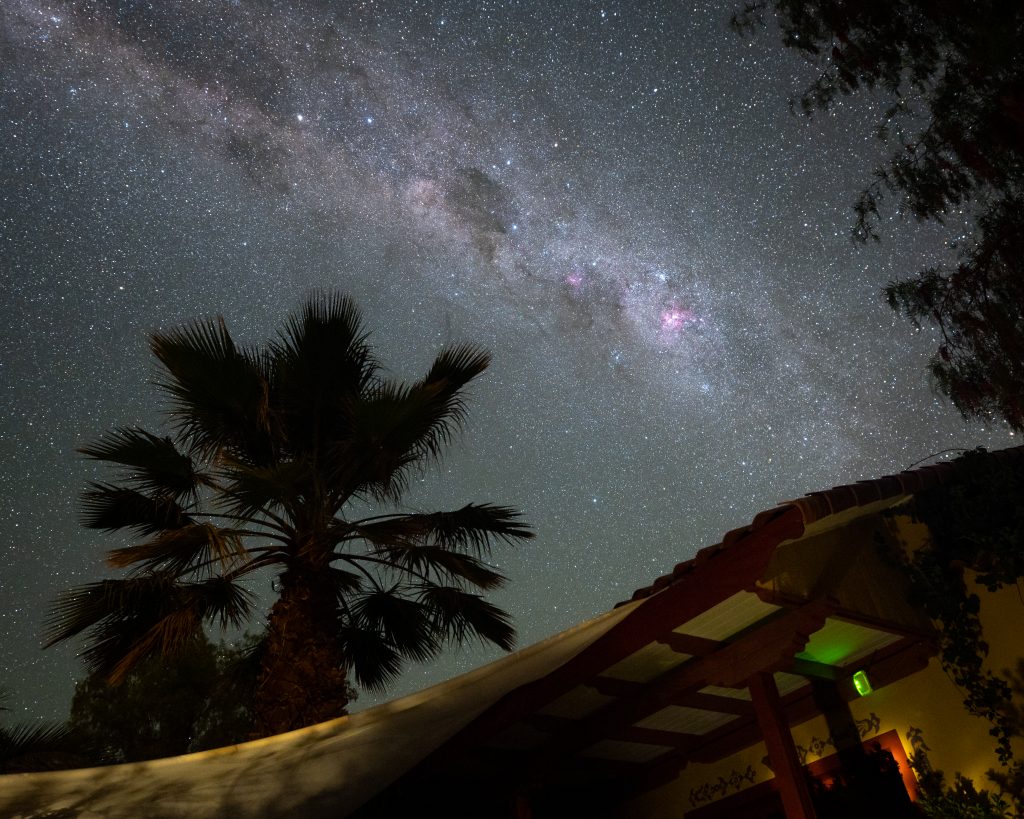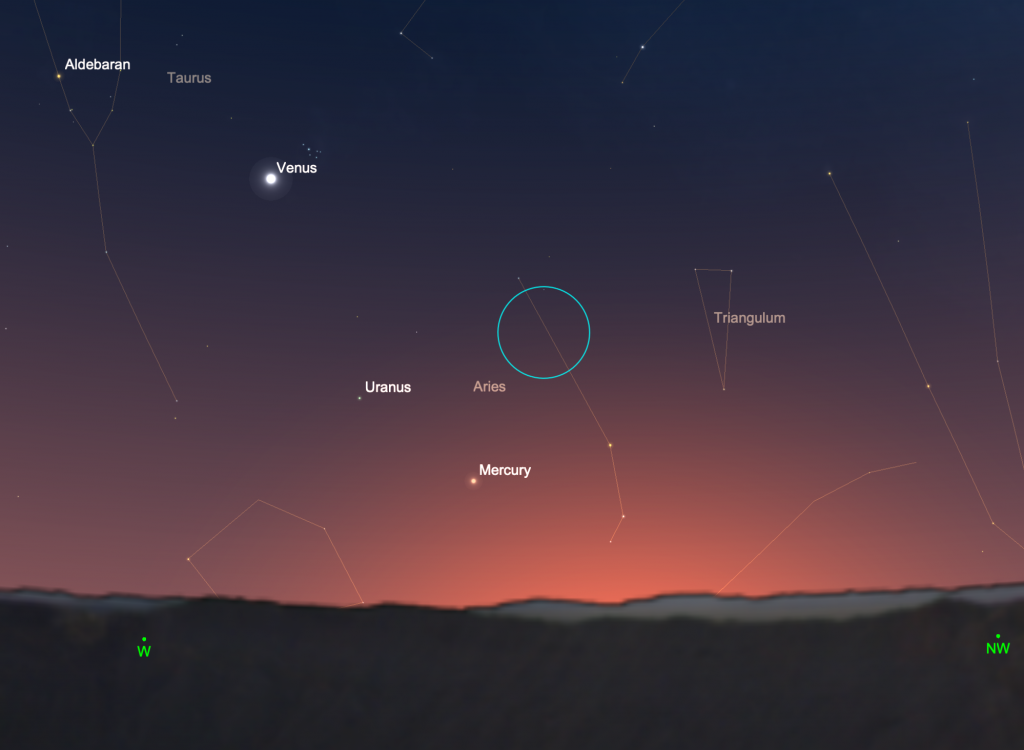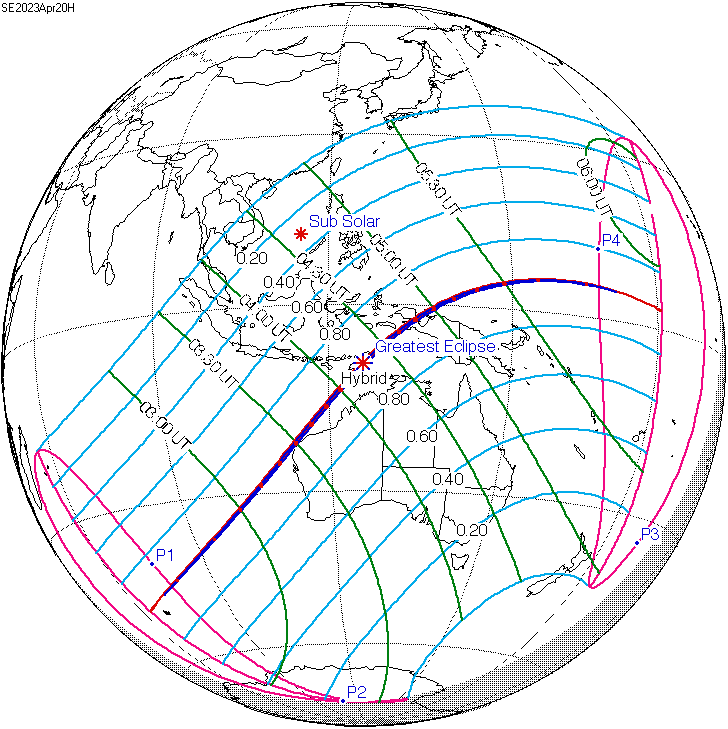
(Looking for last month’s ‘Night Sky’? Find it at this link…)
Venus and Mercury put on a fine show in the western sky after dawn this month, while Mars lingers in Gemini as it slowly dims and shrinks. Jupiter reaches conjunction with the Sun on April 11 and will reappear in the eastern morning sky in the coming weeks. Saturn’s already made it into the dawn sky, and both gas giants will continue to brighten and extend their angular distance from the Sun in the next many months. And a meteor shower – the Lyrids – makes its annual appear with the Moon mostly out of the way. Here’s what to see in the night sky this month.
6 April. Full Moon, 04:35 UT (the ‘Pink Moon’)
6 April. As April arrives, Mercury begins its best evening apparition of the year for northern observers. The little planet begins the month at an impressive magnitude -1.0 very low over the west-northwestern horizon. Then it dims but rises higher each day on the way to greatest eastern elongation about 19o degrees from the Sun on April 11 when it shines at magnitude 0 with its disk about 39% illuminated. Then it plunges back towards the horizon, passing the waxing crescent Moon on the 21st.
9 April. Look low in the southeast and south in the late evening through dawn to see the waning gibbous Moon less than a degree from the bright star Antares in Scorpius.

10-11 April. Brilliant Venus lies less than 3o from the Pleiades above the north-northwestern horizon after sunset. Venus continues to move higher and get bright in April. Through a telescope, the planet’s disk appears to get a little thinner (though still gibbous) but it also grows larger as the planet and Earth get closer. The planet shines at magnitude -4.1 for much of the month.
13 April. Last Quarter Moon, 09:11 UT
14 April. Look for Mars, dimming but still respectably bright at about magnitude +1.3, tangled in the stars of Gemini in the western sky after sunset.
17 April. Neptune, now emerged in the morning sky, lies about 5o northeast of the waning crescent Moon in the eastern pre-dawn sky.

20 April. New Moon, 04:13 UT
20 April. The new Moon brings a solar eclipse to a slender band in western Australia and Indonesia. This is a hybrid eclipse, total and annular depending on location and timing. While seeing the maximum eclipse presents logistical challenges, observers over a wide range in this part of the world can see a partial solar eclipse today with proper eye protection. See more details of eclipse coverage at this link.

22 April. Look for the waxing crescent Moon near the Pleiades in Taurus in the west northwest after sunset.
22 April. The Lyrid meteor shower peaks in the early-morning hours. This is the first significant meteor shower since the Quadrantids in early January. The Lyrids display some 15-20 meteors per hour in good conditions. The slender crescent Moon stays out of the way this year. The Lyrids trace their apparent paths back to a point between the constellations Hercules and Lyra, both of which rise in the east around midnight.
23 April. As evening arrives, look to the west for Venus about 2 o to 3o south of the waxing crescent Moon.
27 April. First Quarter Moon, 21:20 UT